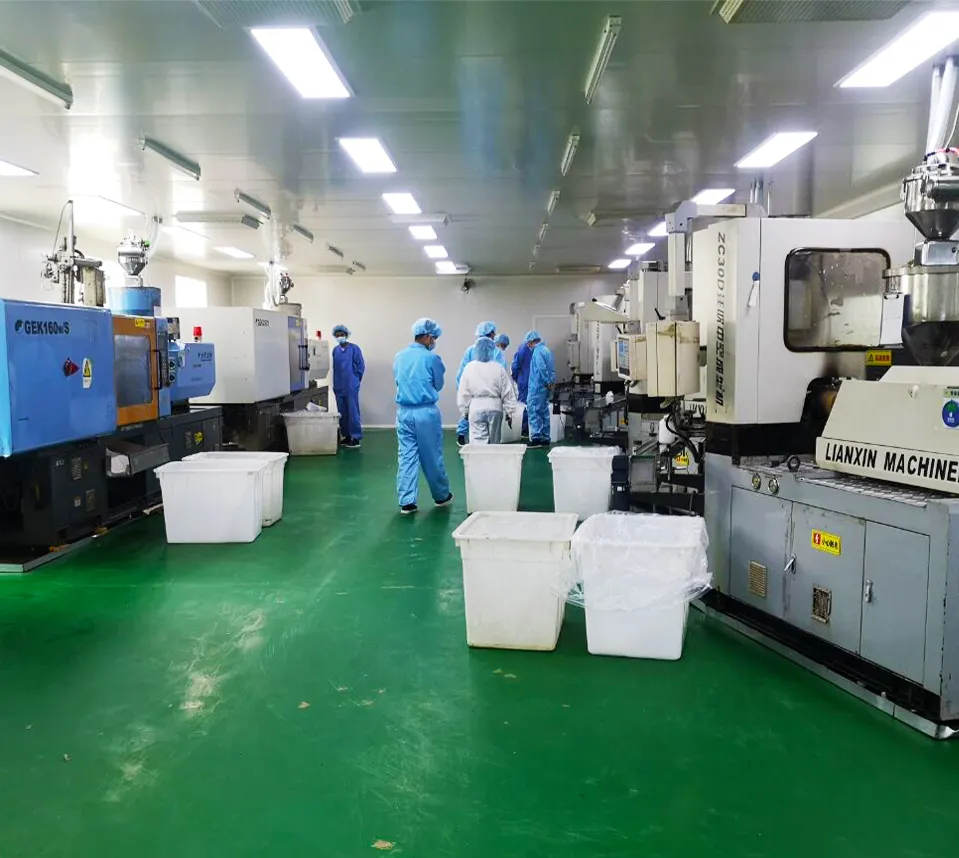uses of a reagent bottle
Uses of a Reagent Bottle
Reagent bottles play a crucial role in laboratories and various chemical processes. These containers are designed to hold and store chemical substances used in experiments, ranging from simple classroom demonstrations to complex research analyses. The versatility and functionality of reagent bottles make them indispensable in multiple fields, including chemistry, biology, and environmental science.
Uses of a Reagent Bottle
In addition to storage, reagent bottles are essential for mixing and preparing chemical solutions. Researchers and laboratory technicians often use these bottles to combine different reagents in precise proportions. By utilizing the measuring marks present on some reagent bottles, users can accurately gauge the amounts needed for their experiments. This capability is vital in achieving reproducible results, which is a cornerstone of scientific research.
uses of a reagent bottle

Furthermore, reagent bottles are useful in sample collection and transportation. Many laboratories rely on these bottles to collect samples from various sources, such as environmental studies where water or soil samples need to be analyzed. The design of reagent bottles, often featuring a wide mouth, allows for easy collection and waste disposal. Additionally, they can be securely sealed for transport to ensure that the samples remain uncontaminated during transit.
Another significant application of reagent bottles is in education. Schools and universities use these containers for teaching purposes in laboratory classes. Students learn to handle chemicals safely while understanding fundamental concepts of chemistry through experiments involving different reagents. The ability to use reagent bottles effectively equips future scientists with the skills necessary for conducting independent research.
Moreover, reagent bottles often come with labels that can be customized to denote contents and hazards. This feature makes it easier for laboratory personnel to identify substances quickly and ensures adherence to safety protocols. Color-coded caps may also be utilized to signal specific types of reagents or their intended usage, promoting a safer laboratory environment.
In conclusion, reagent bottles are vital tools in scientific research and education. Their functions encompass safe storage, mixing, sample collection, and instructional purposes. The role of these bottles in maintaining laboratory safety and efficiency cannot be overstated, making them a fundamental component of chemical experimentation and analysis. As science continues to evolve, the design and usage of reagent bottles will likely adapt, ensuring they remain relevant and effective in future endeavors.
-
Aesthetic Makeup Spray Bottles | Fine Mist Empty RefillableNewsAug.19,2025
-
White Plastic Veterinary Vaccine Vials | Lab Liquid BottlesNewsAug.18,2025
-
Plastic Medicine Liquid Bottle: Secure Flip Top Drug VialsNewsAug.17,2025
-
Durable 250ml Blue Plastic Vaccine Vial for Lab & Vet UseNewsAug.16,2025
-
Sterile Virus Sample Tubes: Secure & Reliable Specimen CollectionNewsAug.15,2025
-
White 250ml Plastic Vaccine Vial for Lab & Vet MedicineNewsAug.14,2025
























